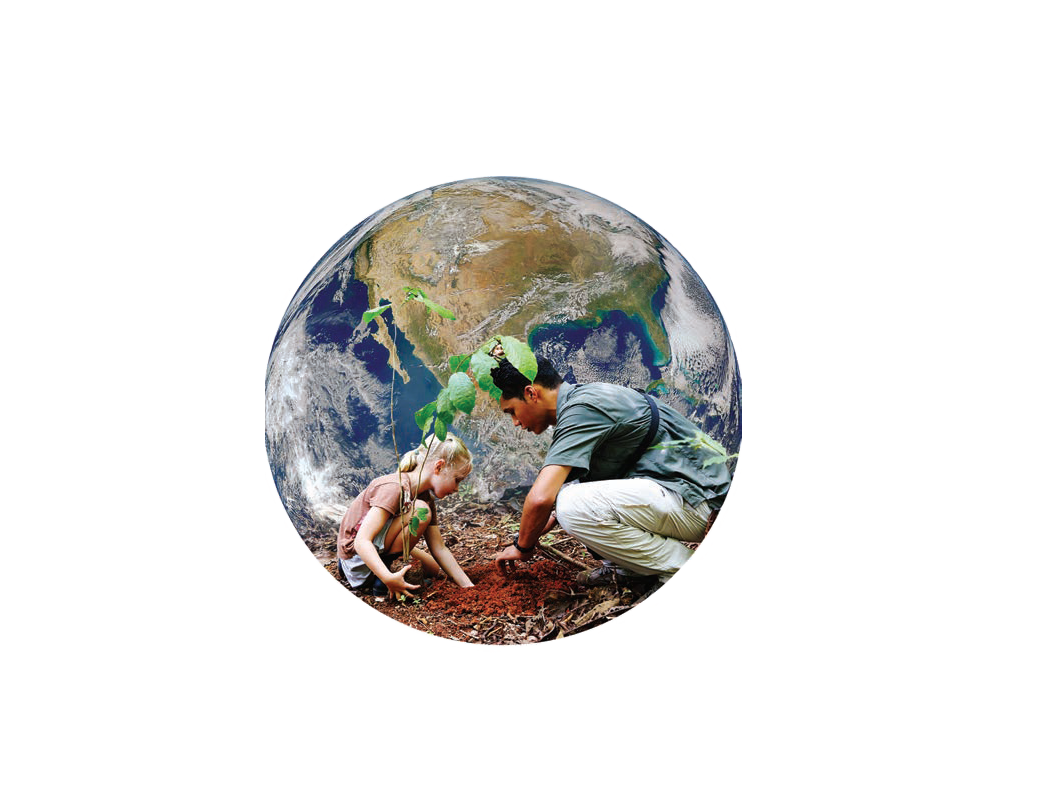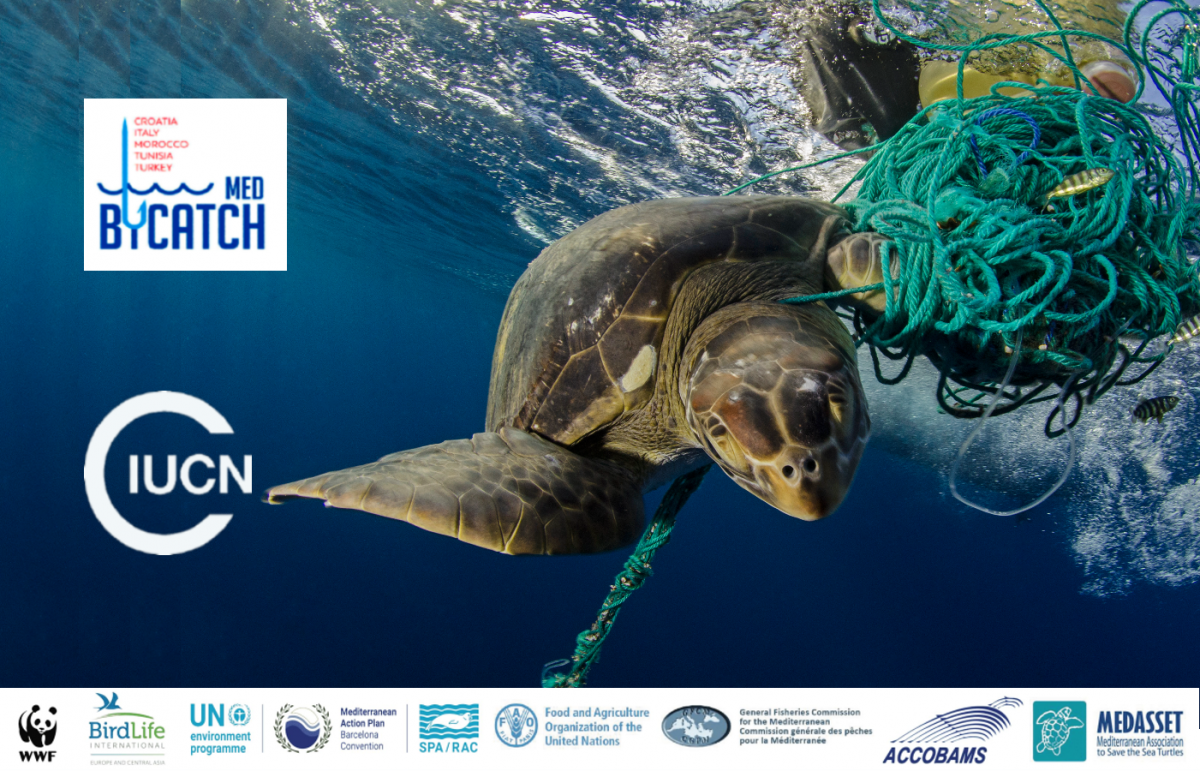IUCN guidelines for Privately Protected Areas released in Spanish
The Guidelines for Privately Protected Areas, Spanish version, has been released at the Lima, Peru CAPLAC III congress, with acknowledgement to the contributors from many nations and cultures. These privately protected areas are seen as an important piece in progress towards the Aichi 2020 conservation targets.

PPA best practices guidelines, Spanish
Photo: PPA best practices guidelines, Spanish
Privately Protected Areas (PPA) “are a way for anyone to get involved in conservation,” states Brent Mitchell, World Commission on Protected Areas (IUCN WCPA) PPA Specialist Group Leader and one of the contributors to the PPA best practice guidelines, “a lot of conserved areas come simply from people being in love with a place.” However, while purchasing the area may be relatively straightforward, managing and maintaining it over time has proved to be challenging.
The Guidelines provide instruction from field experience on how best to manage, govern, evaluate and conserve PPAs individually, and be contributors to conservation in a national and global sense.
IUCN WCPA believes that Privately Protected Areas (PPAs) are under-represented in national protected area systems and under-reported internationally despite the fact that they are a rapidly growing element of the conservation estate. The Specialist Group on Privately Protected Areas and Nature Stewardship of IUCN's World Commission on Protected Areas is working to elevate the recognition, understanding and integrity of private conservation world-wide.
Well-connected PPAs provide an important way to fill gaps and make links between major and minor protected areas. In an abstract sense, this means helping to fulfil global standards and goals such as Aichi target 11, but they also literally fill gaps, as PPAs can create corridors of conservation between other, large protected areas to conserve biodiversity. This was practiced at the Bosque Berlin PPA in Amazonas, Peru, where Conservamos por Naturaleza crowdfunded the purchase of property adjacent to the existing landholder PPA and thereby conserved the habitat of the critically endangered Yellow-Tailed Woolly Monkey.
As well as establishment and maintenance of a PPA, the publication also addresses issues such as:
- Official recognition
- Dealing with potential legal problems in protecting an area in the way the landowner wants
- Ensuring permanence
- Monetising
- Incentivising
- The various types of PPA: marine, desert, forest, coastal, etc.; and their different ownerships, individuals, companies, religious bodies, private enterprise, etc.
Privately protected areas are seen as one of the key ways for nations to achieve international Aichi targets set for the conservation of land and marine spaces. The Aichi targets are 17% of all land and 10% of marine areas to be protected by 2020 but most governments are not likely to reach these targets. Encouraging PPAs provides another way to reach them.
Some countries encourage PPAs, some do not. The IUCN guidelines enable a concrete foundation in the management of PPAs and base for dialogue with governments in their creation. The publication also demonstrates the seriousness with which the international community is taking PPAs, and goes part way to show the appreciation of the international community to those involved in the creation of those PPAs.
The Guidelines were produced by the IUCN WCPA Specialist Group on Privately Protected Areas and Nature Stewardship in a multicultural, multinational collaborative effort.



